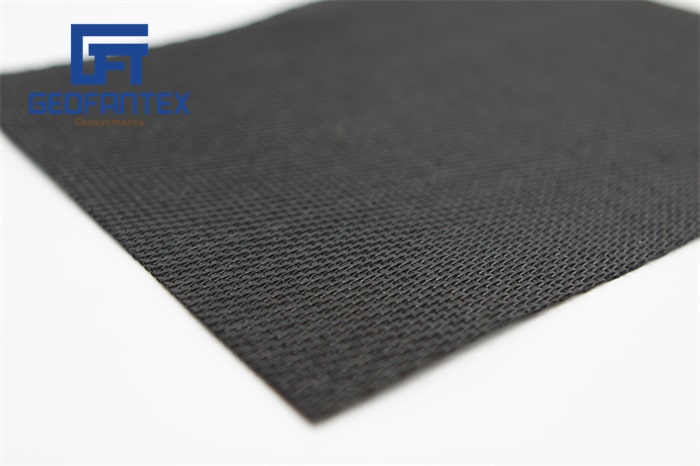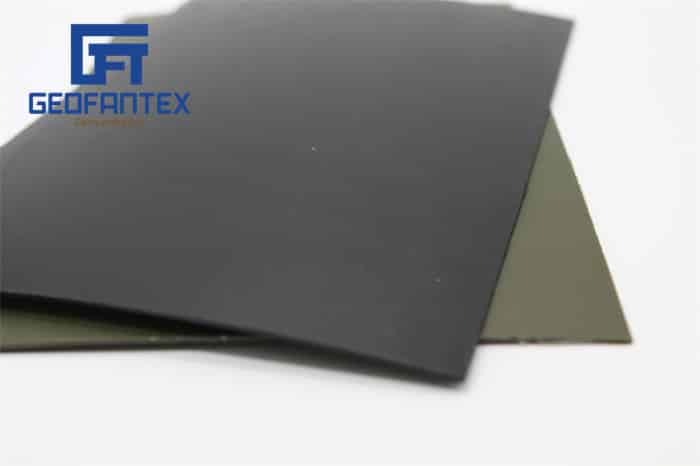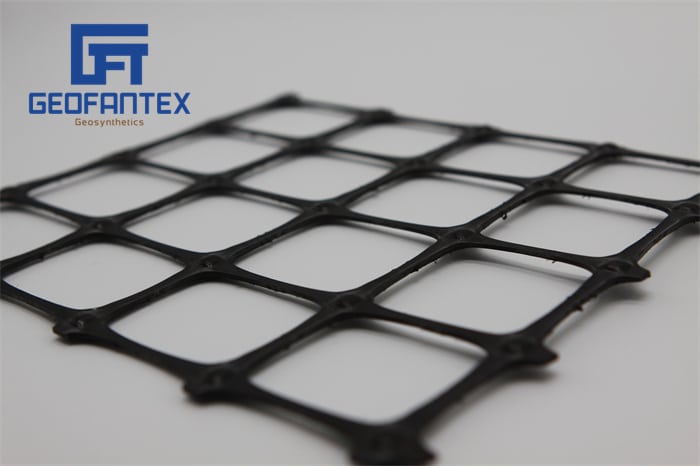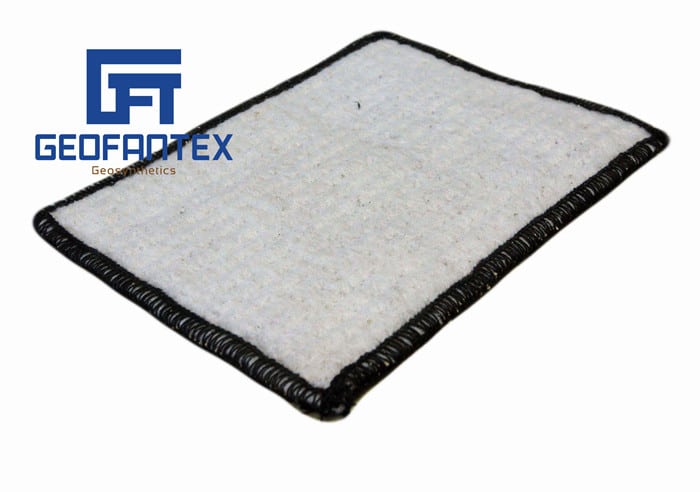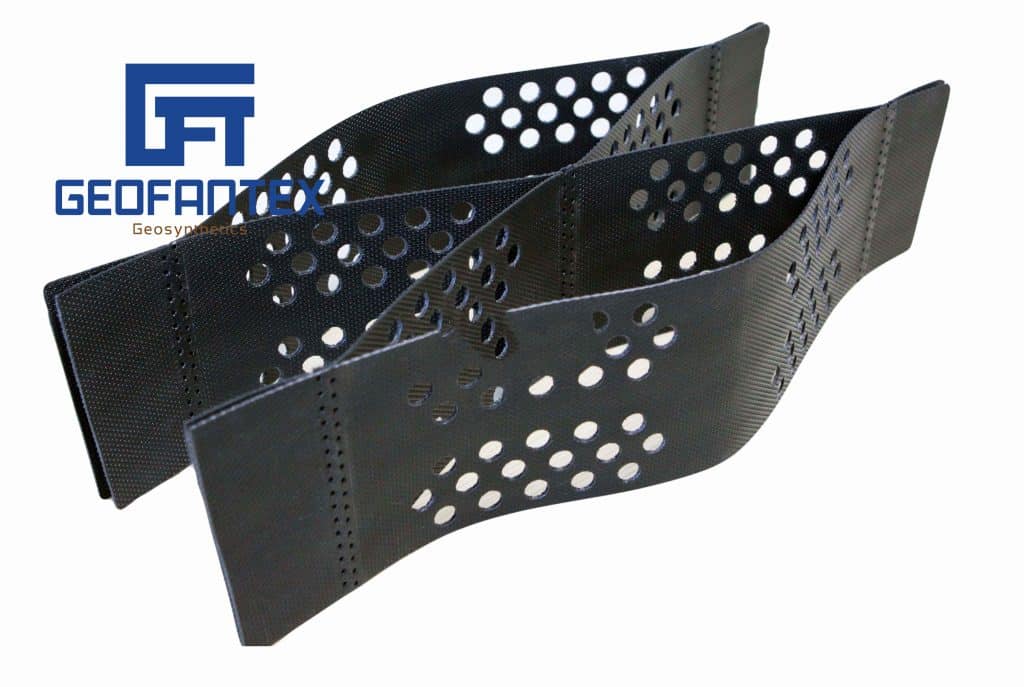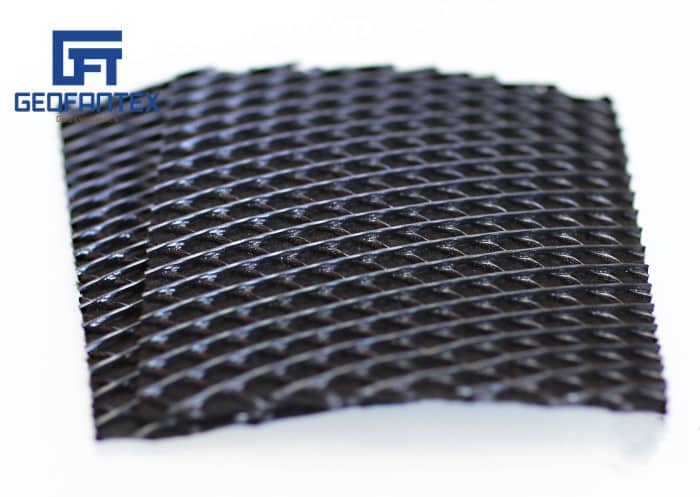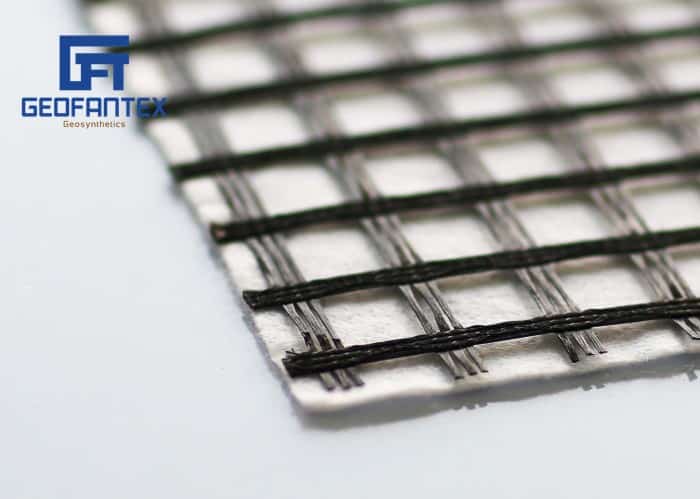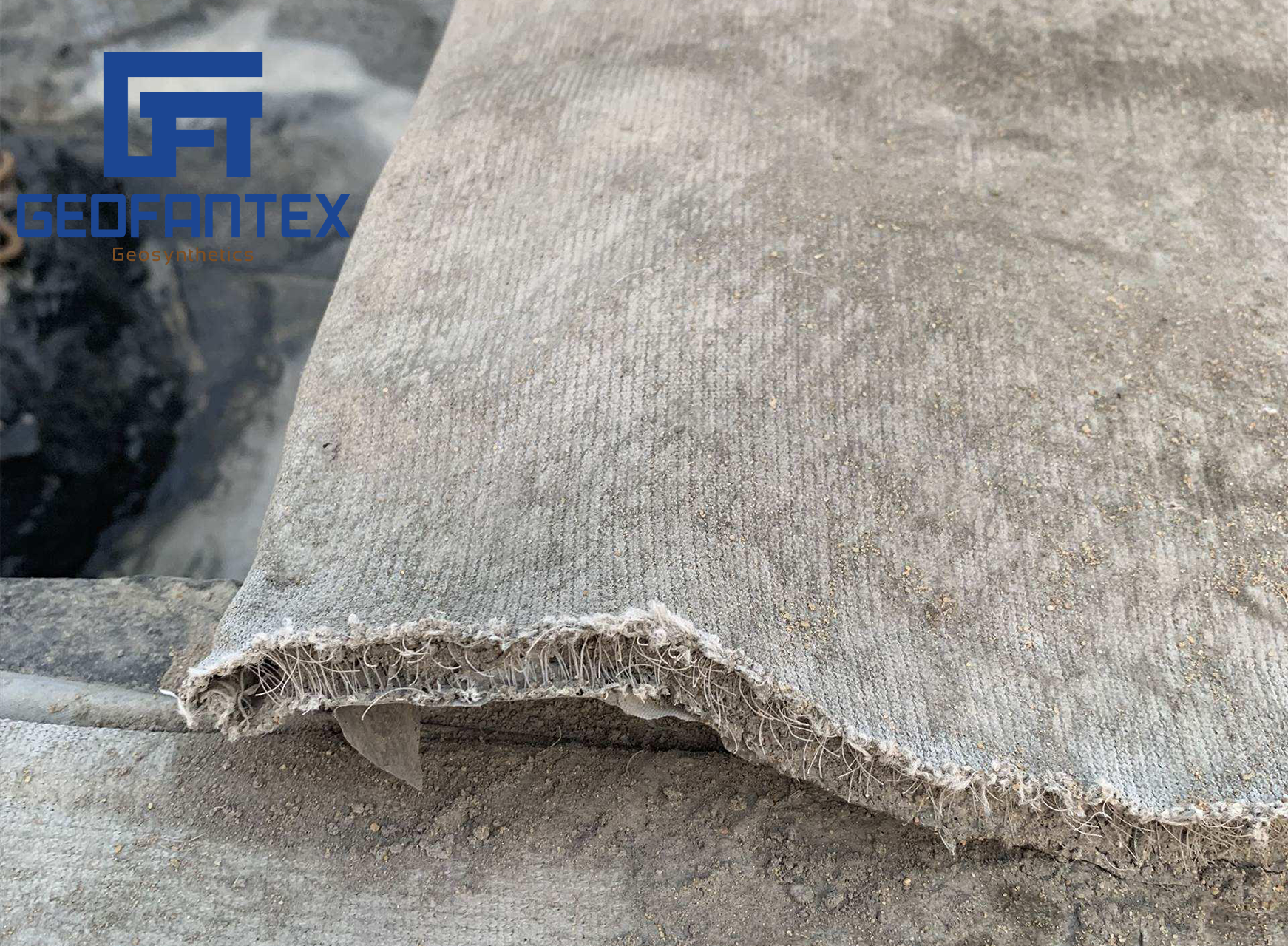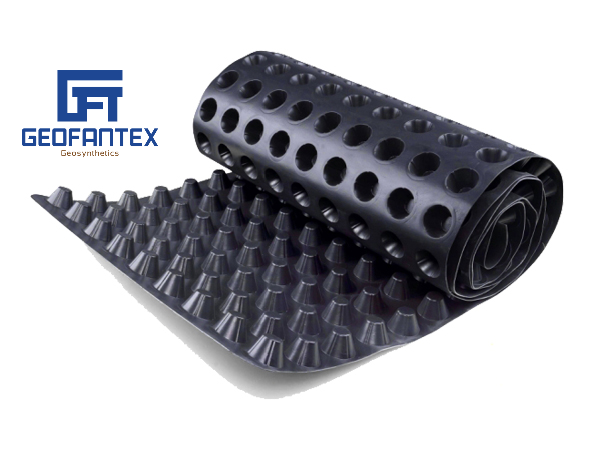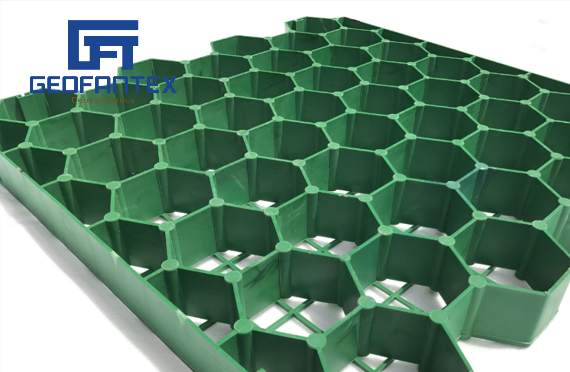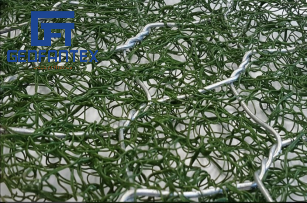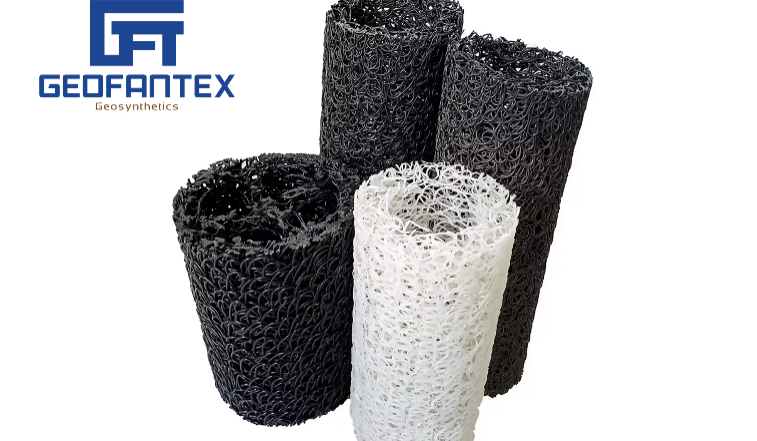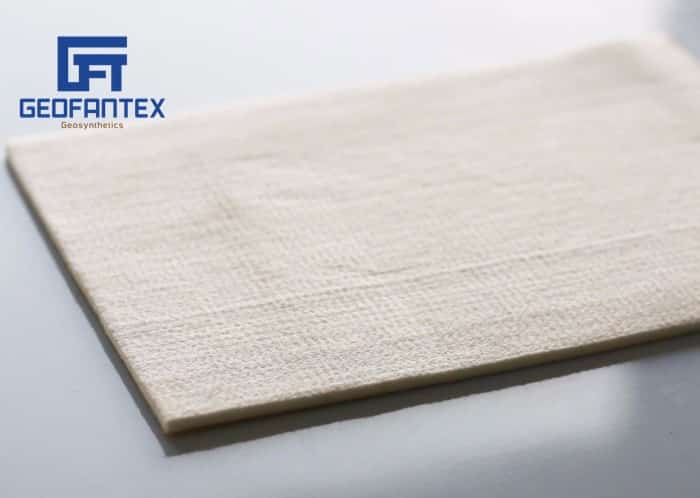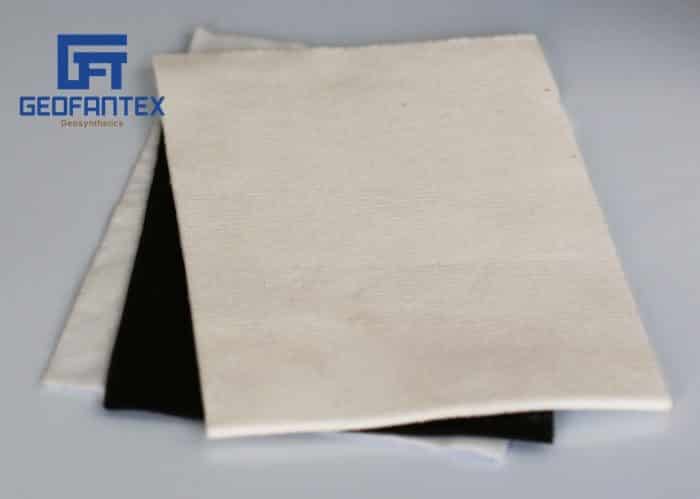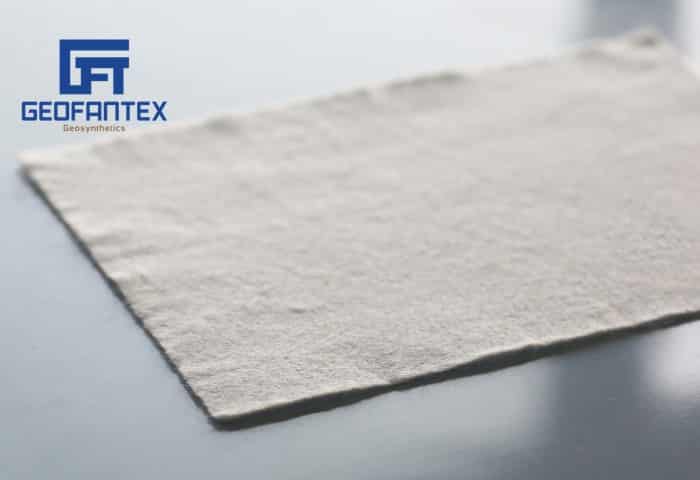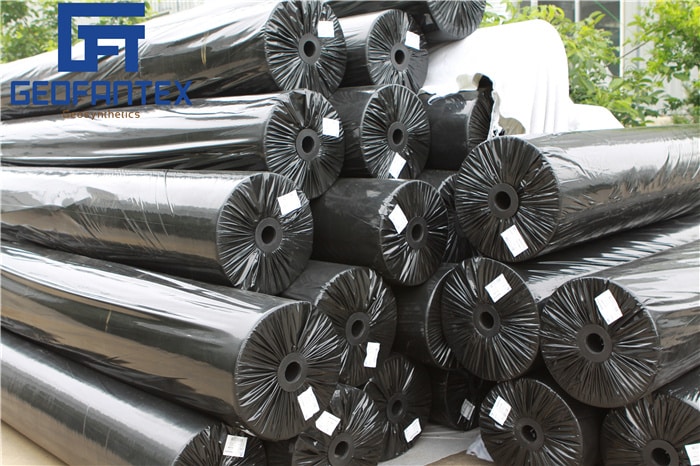+86-159 9860 6917
info@geofantex.com
geofantex@gmail.com
+86-400-8266163-44899
Geotextiles are essential in civil and geotechnical engineering, providing functions such as soil reinforcement, drainage, filtration, and separation. Woven geotextiles offer high tensile strength, making them ideal for heavy-load applications like roads, embankments, and retaining walls. Nonwoven geotextiles, on the other hand, provide superior permeability and flow rates, making them perfect for drainage, filtration, and erosion control.
Woven vs Nonwoven Geotextiles: Understanding Their Strengths and Uses
| Aspect | Woven Geotextiles | Nonwoven Geotextiles |
|---|---|---|
| Manufacturing | Woven threads | Bonded fibers |
| Strength | High tensile strength | High permeability |
| Applications | Soil stabilization, roads | Drainage, erosion control |
| Key Drawback | Limited permeability | Lower load resistance |

What is the difference between woven and nonwoven textiles?
Woven and nonwoven textiles differ mainly in how they are made:
- Woven Textiles: These are made by weaving threads together in a pattern, typically at right angles. This process creates a strong, durable fabric with a distinct pattern (like twill, satin, or plain weave). Woven fabrics are often used for garments, upholstery, and other products that require strength and structure, like denim or canvas.
- Nonwoven Textiles: These are created by bonding fibers together using heat, pressure, adhesives, or a combination of these. There’s no traditional weaving involved. Nonwoven fabrics are typically used for disposable products like wipes, filters, medical gowns, and geotextiles. They can be soft, strong, and lightweight, and are often preferred for products that don’t need to withstand heavy wear and tear.
In short, woven fabrics are made by interlacing yarns, while nonwoven fabrics are made by bonding fibers without weaving.
What are the two main types of geotextiles?
| Woven Geotextiles | Non-Woven Geotextiles | |
| Structure | Made by interlacing fibers (usually polyester or polypropylene) in a regular pattern. | Typically used for applications requiring high tensile strength and load-bearing capacity, such as reinforcement in road construction, embankments, and retaining walls. |
| Uses | Made by bonding fibers together through mechanical, chemical, or thermal processes, without weaving. | Commonly used for filtration, drainage, separation, and erosion control in projects like landfills, drainage systems, and roads. |
Each type is designed for specific applications based on its different mechanical properties, including strength, permeability, and flexibility.
What is the greatest advantage of nonwoven fabric?
- Efficient water flow: Their porous structure allows fluids to pass through while retaining soil particles.
- Lightweight and flexible: Easy to handle and install, even over irregular surfaces.
- Customizable properties: Thickness, strength, and texture can be tailored to specific project needs.
- Cost-effective: Generally more affordable than woven alternatives for large-scale applications.
Woven and nonwoven geotextiles offer distinct advantages depending on the needs of a construction project. Woven geotextiles provide superior strength and are used for reinforcement, while nonwoven geotextiles excel in filtration and drainage applications due to their permeability. Understanding the differences between these two types of geotextiles helps in selecting the right material for specific engineering challenges.
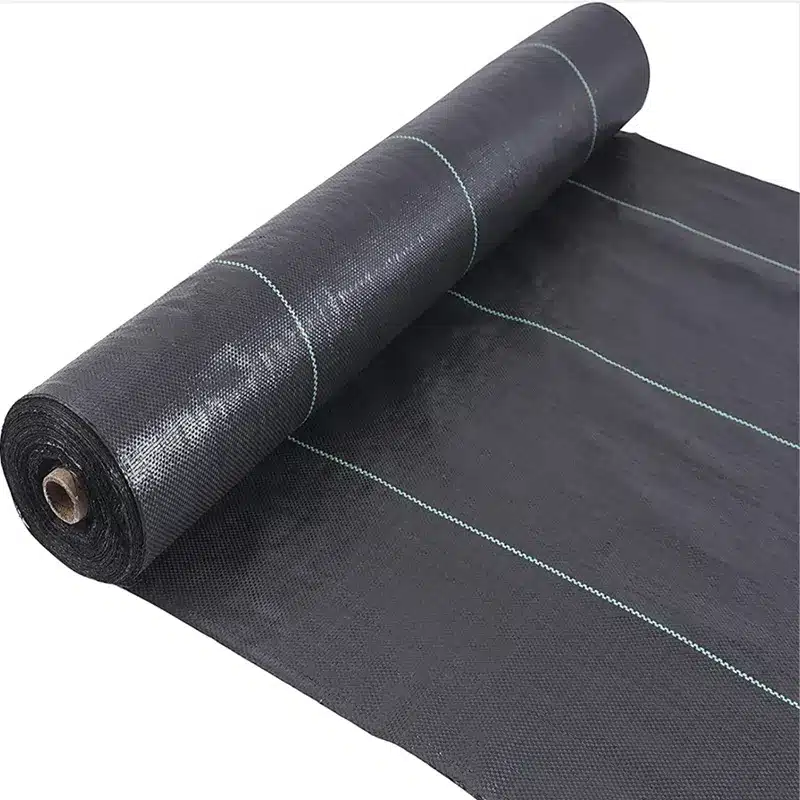
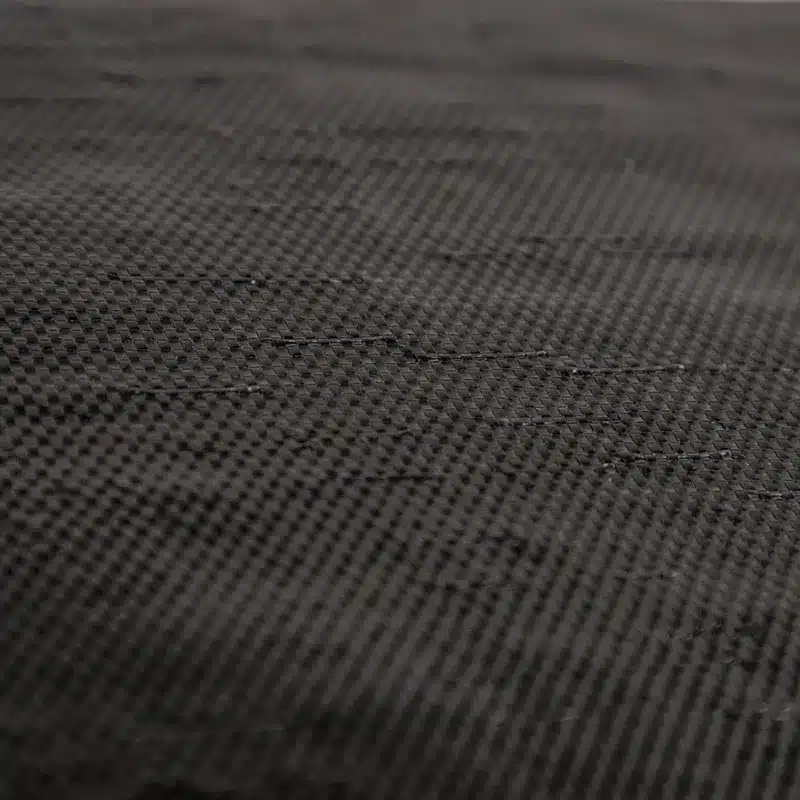

Get Free Sample
We’ll respond as soon as possible(within 12 hours)


